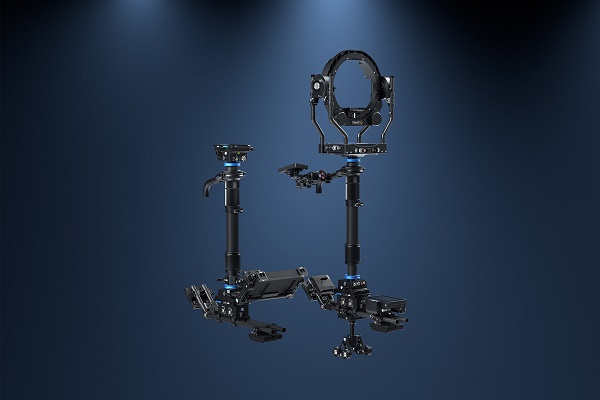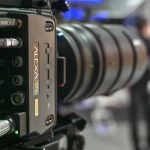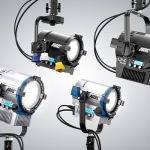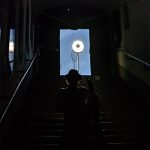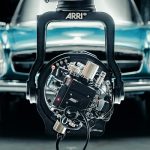The new camera stabilizer offers wide-ranging camera compatibility via SAM plates and interchangeable battery systems.
ARRI has introduced the second generation of its Trinity and Artemis camera stabilizers.
The new modular system has been redesigned, incorporating enhancements to camera movement, connectivity, power management, user interface, balance options, and product longevity. An upgrade transforms the mechanical Artemis 2 into the hybrid Trinity 2, which adds electronic stabilization for an even wider range of movements and angles.
Designed and built in Germany, the new-generation ARRI stabilizer system enables versatile and steady camera moves. Many new features have been implemented, based on customer feedback, durable and upgradeable, it offers the longest, most secure return on investment for owner-operators.
In a statement, ARRI said: “For more than 20 years, the original Artemis has been a reliable tool, trusted by the industry. Now Artemis 2 continues that success story and expands on it through new features and a simple upgrade path to Trinity 2. Between them, these two rigs cover all applications and on-set requirements, from feature films and TV series to commercials and live broadcasts. Around 80% of the new components for the second-generation system are shared by Trinity 2 and Artemis 2, illustrating ARRI’s modular approach.
“Wide-ranging compatibility is assured through the use of ARRI’s precision-engineered SAM plates, enabling cameras from different manufacturers to be securely and rapidly mounted to the stabilizers. The SAM standard permits fast, tool-free camera switching from either the Trinity 2 or Artemis 2 to a tripod or ARRI’s stabilised remote heads.”
The second-generation battery system has been completely redesigned. A new, modular battery hanger claims to facilitate flexible, efficient, and dependable power management. Users can choose batteries from any manufacturer, anywhere in the world, they will experience regulated 12 V and 24 V high-capacity power delivery. It is even possible to mix 12 V and 24 V batteries in any combination, using B-Mount, Gold Mount, or V-Mount, with power efficiency holding steady at an industry-leading 95%.
In addition to the standard centre post, two new post lengths are now available for Trinity 2 and Artemis 2, as well as for both first-generation stabilizers. The longer Super Post allows more extreme camera positions and angles, either higher up or further out from the operator’s body. The Shorty Post is suited to fast, agile work or space-constrained locations, and will be especially useful with the compact Artemis 2.
The new sled, consisting of a rock-solid bottom stage, battery hanger, 19 mm rods, and the new battery mounts, makes the lower section of the second-generation ARRI stabilizers more versatile and much sturdier. Rods are available in carbon, aluminium, or steel, giving operators additional counterweight opportunities when balancing their rigs. As well as accepting a wider range of monitors, the new monitor bracket is also rod-mounted and can slide in and out to provide even greater balancing freedom.
Both ARRI and long-time technology partner FoMa Systems have drawn on operator feedback to set a new high standard for body-mounted stabilization with Trinity 2. New camera moves are possible, including 360-degree rotation on the lens axis. Expanded LBUS connectivity enables the use of controllers designed for ARRI’s stabilised remote heads, opening up modern, digitally interconnected workflows. A new LBUS-based Master Grip Trinity allows fingertip control of key functions, while the super-fast processor in the new touchscreen remote control permits standalone system startup and on-the-fly adjustments. Additional accessory interfaces and 12G video connectivity increase rigging options and future-proof monitoring capabilities.




































































